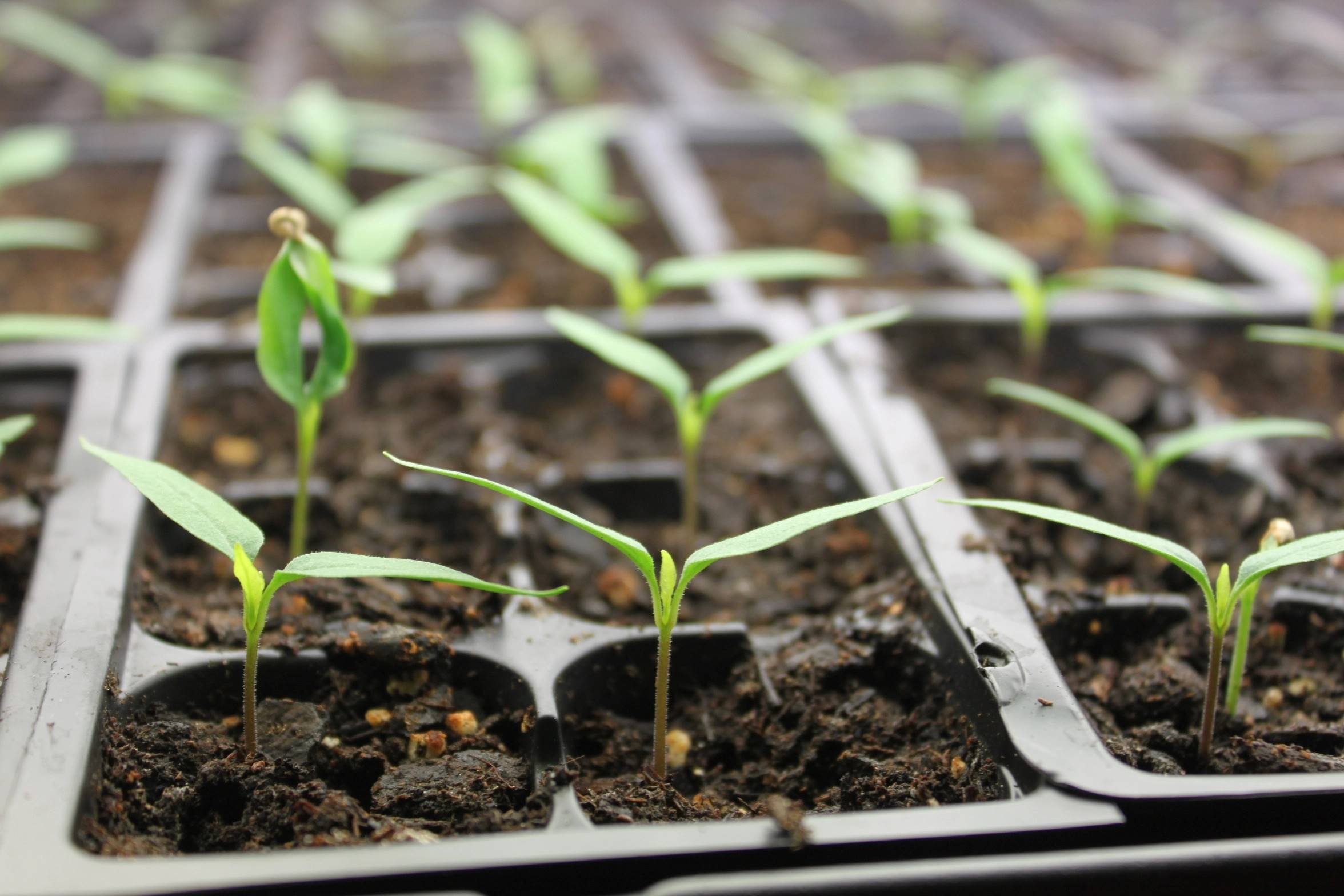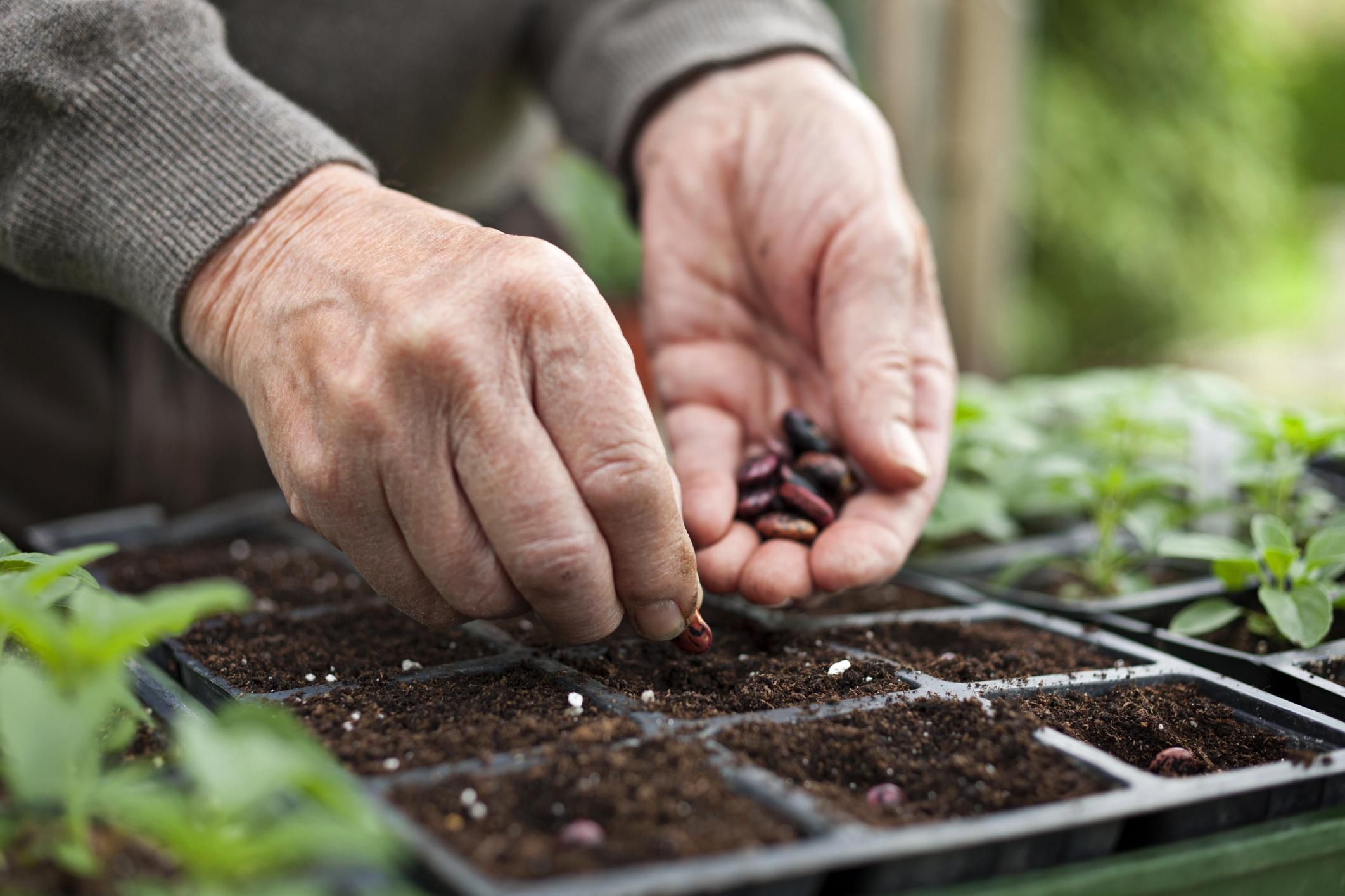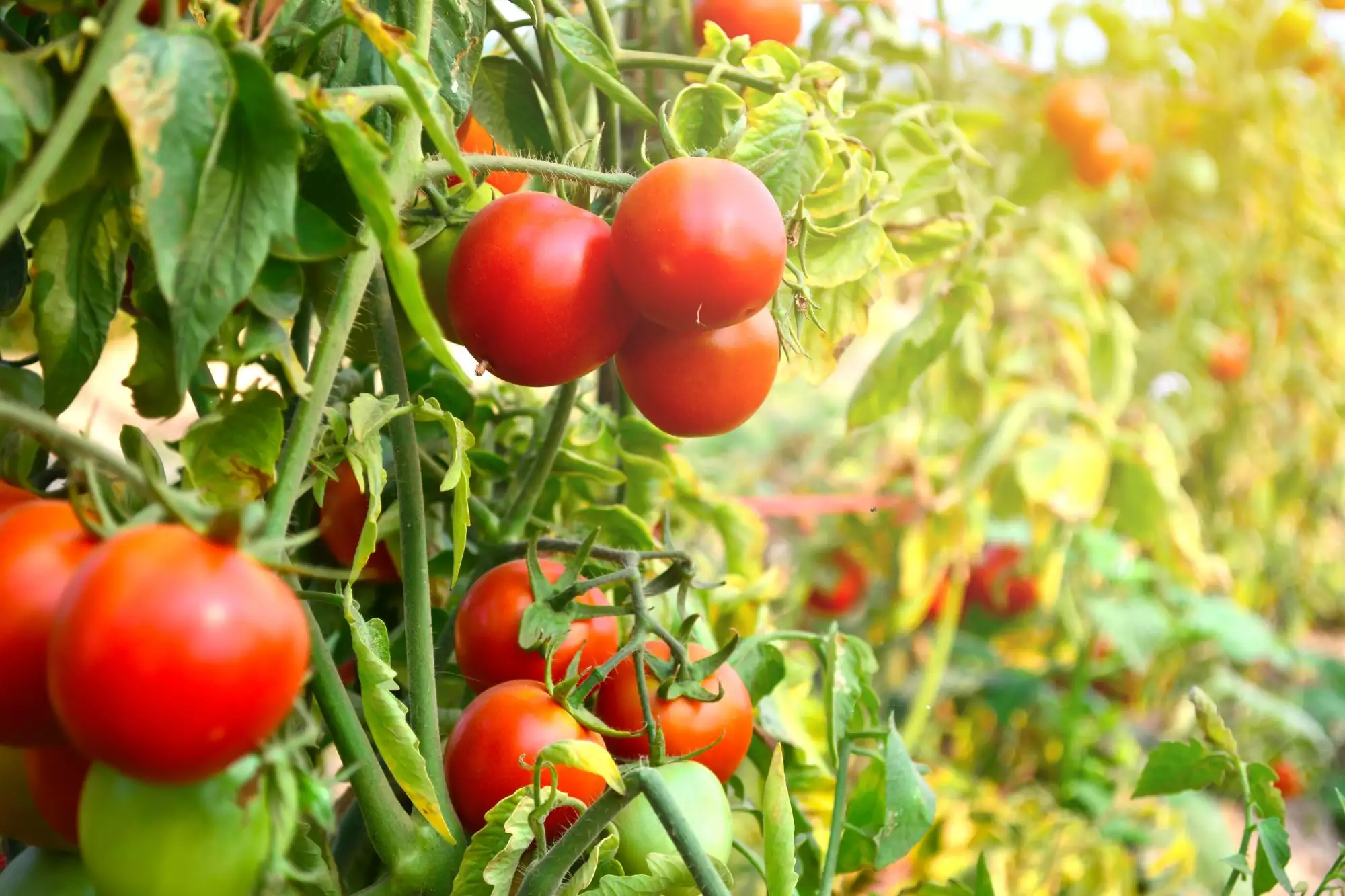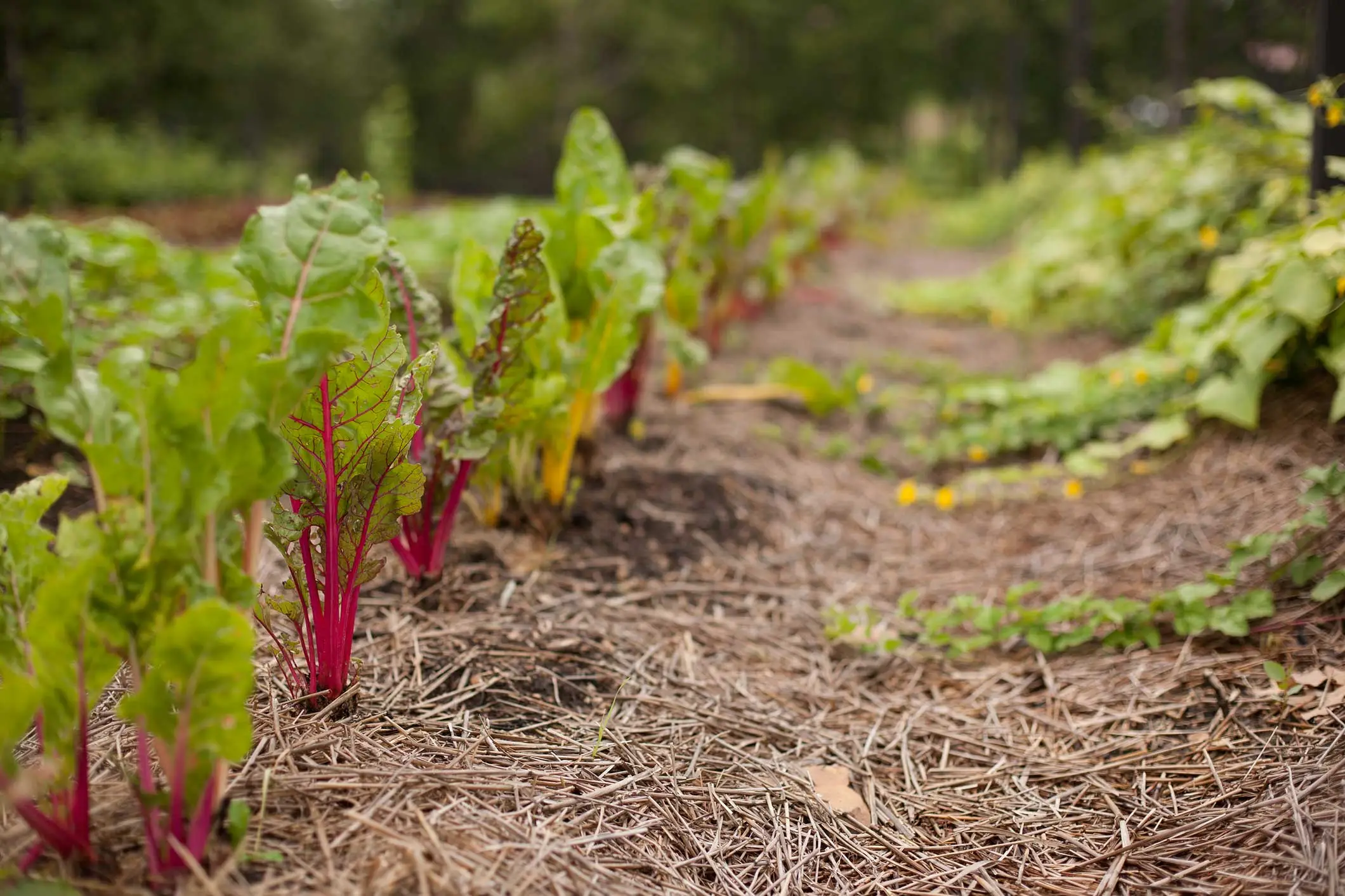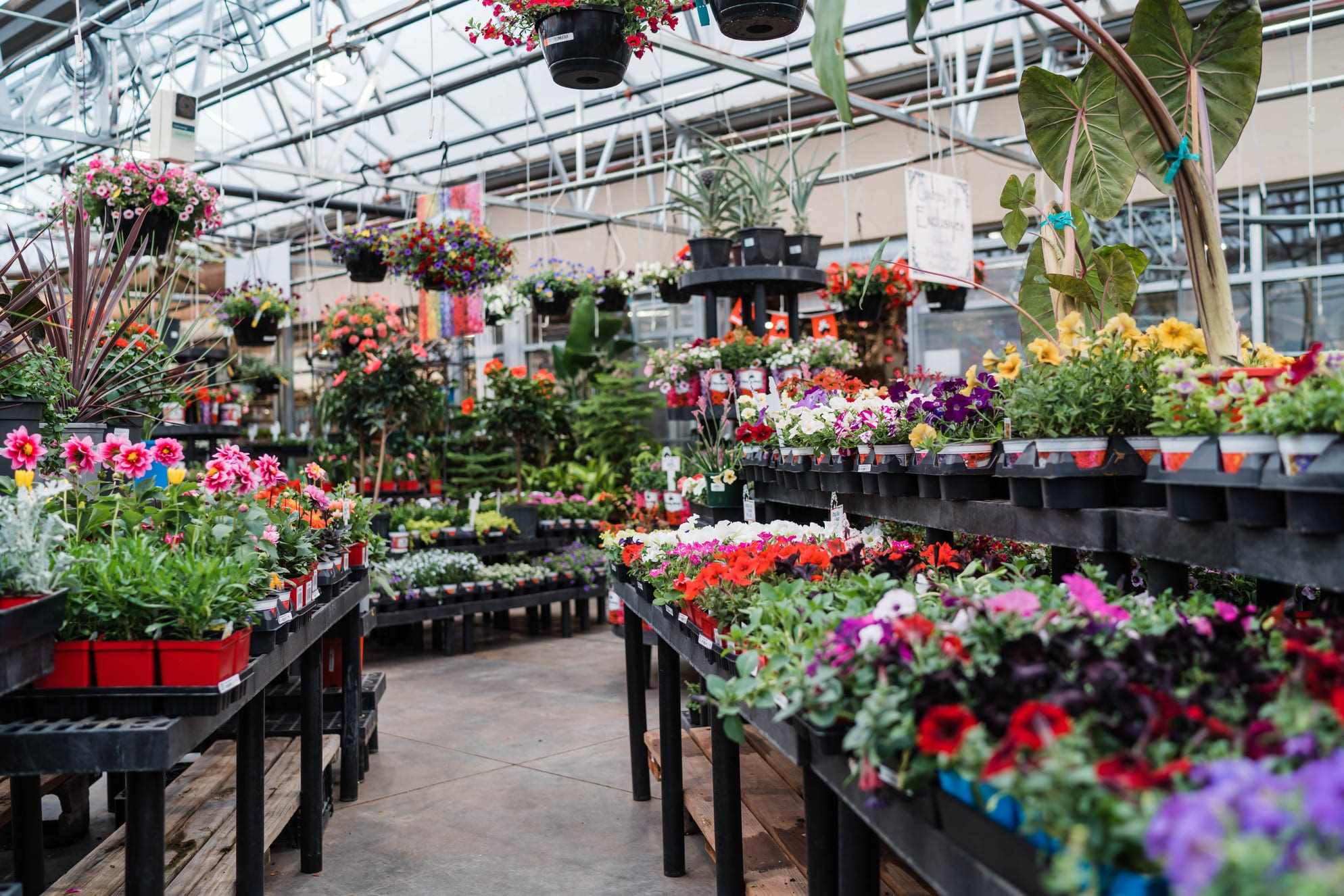Home>Gardening Techniques>Seasonal Gardening>What To Start Planting In August


Seasonal Gardening
What To Start Planting In August
Modified: January 23, 2024
Discover the best plants for your garden in August with our seasonal gardening guide. Start planting now to ensure a successful harvest!
(Many of the links in this article redirect to a specific reviewed product. Your purchase of these products through affiliate links helps to generate commission for Chicagolandgardening.com, at no extra cost. Learn more)
Table of Contents
Introduction
Welcome to the month of August, the perfect time to start planning and preparing your garden for the upcoming fall season. While many gardeners might assume that late summer means it’s time to wind down and enjoy the fruits of their labor, there’s still a lot that can be done to ensure a vibrant and productive garden for the months ahead.
In August, you have the opportunity to sow and plant a variety of vegetables, flowers, and perennials that will thrive in the cooler temperatures of autumn. Whether you’re a seasoned gardener or a beginner with a green thumb, this is the time to add some new life to your garden and extend the growing season.
In this article, we will explore the top five things you can start planting in August to keep your garden flourishing well into the fall. From delicious vegetables to stunning flowers, there’s something for everyone to enjoy. So let’s dive in and discover the exciting possibilities that await you in your garden this August.
Late-Season Vegetables
August is the perfect time to plant a variety of late-season vegetables that will thrive in the cooler temperatures of fall. These vegetables will not only provide you with a bountiful harvest but will also add color and freshness to your garden.
One great option is to plant leafy greens such as spinach, kale, and lettuce. These vegetables love cooler temperatures and can withstand a light frost, making them perfect for fall. Start by sowing the seeds directly in the soil or transplanting seedlings, ensuring they have enough space to grow. Regularly water and fertilize them to promote healthy growth.
Root vegetables like carrots, radishes, and beets are also great choices for August planting. These vegetables prefer the cooler weather of fall and will develop a sweeter flavor when harvested after experiencing a light frost. Make sure to prepare the soil by loosening it and removing any rocks or debris. Sow the seeds at the recommended depth and spacing, and keep the soil moist until germination.
Additionally, August is a great time to plant brassicas such as broccoli, cabbage, and cauliflower. These vegetables require a longer growing season, so starting them in August will give them enough time to mature before the cold weather sets in. Choose healthy seedlings and provide them with well-draining soil enriched with organic matter. Water them regularly and protect them from pests.
Remember to provide adequate care for your late-season vegetables, including regular watering, mulching, and controlling pests. As fall approaches, you can also consider using row covers or cold frames to protect your plants from frost.
With the proper care and attention, you’ll be rewarded with a delicious harvest of fresh, homegrown vegetables well into the fall season.
Fall Flowers
As summer transitions into fall, it’s time to add a burst of vibrant colors to your garden with beautiful fall flowers. These flowers will not only enhance the visual appeal of your outdoor space but will also attract beneficial pollinators.
One popular choice for fall flowers is the chrysanthemum, commonly known as the “mum.” Mums are available in a wide range of colors, including yellows, oranges, reds, and purples. They are hardy and can withstand cooler temperatures, making them an excellent choice for fall planting. Choose healthy mum plants and place them in well-draining soil enriched with organic matter. Water them regularly and provide them with full sun exposure for optimal growth.
Aster is another stunning flower that blooms in the fall. With its daisy-like petals, asters come in a variety of colors, including pink, purple, and blue. These flowers are easy to grow and can thrive in various soil conditions. Plant them in a sunny spot and water them regularly, ensuring the soil remains moist but not waterlogged.
If you’re looking for a low-maintenance option, consider planting ornamental grasses. These grasses add texture and movement to your garden, and many varieties display beautiful seed heads in the fall. They are drought-tolerant and require minimal care. Simply choose the right variety for your climate and soil conditions, plant them in well-draining soil, and enjoy their beauty as they sway in the autumn breeze.
For a touch of elegance, add some fall-blooming bulbs such as crocus, colchicum, and cyclamen. These bulbs can be planted in late summer and will reward you with stunning blooms in the early to mid-fall. Choose a sunny or partially shaded spot and plant the bulbs at the recommended depth. Water them well after planting and protect them from excessive moisture during dormancy.
With the right selection of fall flowers, you can create a captivating and colorful garden that will thrive and enchant throughout the autumn season.
Perennial Plants
When it comes to adding long-lasting beauty to your garden, perennial plants are the way to go. These plants come back year after year, providing a reliable source of color and charm to your outdoor space. August is an excellent time to plant perennial flowers and ensure a strong establishment before the winter season.
One popular choice for perennial plants is the coneflower (Echinacea). With its vibrant petals and prominent centers, coneflowers add a burst of color to any garden. They are easy to grow and can tolerate a wide range of soil conditions. Choose a sunny location and plant them in well-draining soil. Water them regularly until established, and they will reward you with beautiful blooms for years to come.
Another stunning perennial plant to consider is the black-eyed Susan (Rudbeckia). These yellow flowers with dark centers bloom from late summer through fall, attracting butterflies and other beneficial insects to your garden. Black-eyed Susans are hardy and can adapt to different soil types. Plant them in well-prepared soil and provide them with regular watering to ensure healthy growth.
Lavender is a perennial herb that not only adds beauty but also fills the air with a lovely fragrance. This drought-tolerant plant thrives in sunny locations with well-draining soil. Planting lavender in August will give it time to establish its root system before the colder weather arrives. Prune the plants lightly after flowering to promote bushier growth and enhance overall health.
If you’re looking for a perennial plant that provides foliage interest, consider the Japanese maple (Acer palmatum). With its unique leaf shapes and stunning colors, these trees add a touch of elegance to any garden. Plant Japanese maples in well-draining soil and provide some shade from the hot afternoon sun. Water them regularly and monitor for any signs of disease or pests.
By adding perennial plants to your garden in August, you’ll create a landscape that continues to flourish and delight year after year, with minimal effort on your part.
Cover Crops
While it may not be as visually appealing as flowers or vegetables, cover crops play a vital role in maintaining soil health and fertility. August is the perfect time to sow cover crops, as they help suppress weeds, prevent erosion, and improve the overall soil structure.
One common cover crop option is winter rye. This fast-growing grass adds organic matter to the soil and helps loosen compacted soil. Sow winter rye seeds directly in the garden, ensuring good seed-to-soil contact. As the rye grows, it will prevent weed growth and provide a green cover throughout the fall and winter months. Simply cut the rye back in spring and incorporate it into the soil, boosting its fertility.
Clover is another popular cover crop choice. It fixes nitrogen in the soil, improving its fertility for future plantings. Plant clover seeds in August, either alone or alongside other cover crops or vegetables. Clover can be mowed down in spring and left as a mulch or tilled into the soil to release its beneficial nutrients.
If you’re looking to enrich the soil with organic matter, consider planting a mix of cover crops such as hairy vetch, rye, and legumes. This combination will provide a diversity of benefits including nitrogen fixation, soil erosion control, and nutrient absorption. Sow the cover crop mix in August and allow it to grow until spring when you can either till it in or cut it back and use it as a mulch.
Cover crops are a valuable investment in the long-term health of your garden. They not only improve soil fertility and structure but also contribute to pest and disease control. Planting cover crops in August ensures that they have ample time to establish and provide maximum benefits to your garden.
Bulbs for Spring Bloom
As summer winds down, it’s time to start thinking ahead to the beauty of spring. August is the perfect time to plant bulbs that will give your garden a dazzling display of color when the warmer weather returns. By planting bulbs in the fall, you allow them to establish their root systems and get ready for a breathtaking spring bloom.
Tulips are one of the most popular spring-blooming bulbs. With their wide range of colors and varieties, you can create a stunning display in your garden. Choose healthy bulbs and plant them in well-draining soil, ensuring they receive enough sunlight. Tulips look best when planted in clusters or drifts, so plant them in groups rather than scatter them around the garden.
Daffodils, with their cheerful yellow or white blooms, are another favorite for spring color. These bulbs are easy to grow and are often among the first to bloom. Plant daffodil bulbs in well-prepared soil, ensuring they are spaced appropriately. They prefer full sun or partial shade and will reward you with their vibrant flowers year after year.
If you’re looking to add a touch of elegance to your spring garden, consider planting hyacinths. These fragrant bulbs produce gorgeous, dense clusters of flowers in a variety of colors. Plant hyacinth bulbs in well-drained soil and provide them with full sun or partial shade. The intoxicating fragrance and vibrant blooms will surely make your garden a sensory delight come springtime.
Crocuses are an early blooming bulb that adds a splash of color to the garden even before winter has fully faded. These petite flowers come in various shades of purple, white, and yellow and are the perfect addition to rock gardens, borders, or naturalized areas. Plant crocus bulbs in well-draining soil, ensuring a depth of a few inches, and enjoy their cheerful blooms as they herald the arrival of spring.
Remember to protect your newly planted bulbs by placing mulch over the soil to insulate them during the winter months. Regular watering and adequate sunlight will help them establish strong roots and prepare for their spectacular spring show.
By planting bulbs in August, you’ll be rewarded with a breathtaking display of vibrant colors and fragrant blooms when spring arrives, bringing joy and beauty to your garden.
Conclusion
As August arrives, it’s time to embrace the changing seasons and continue nurturing your garden. By taking advantage of the opportunities this month presents, you can ensure a thriving and beautiful garden well into the fall and beyond.
From planting late-season vegetables to adding fall flowers and perennial plants, there is a wide range of options to keep your garden vibrant and colorful. Consider incorporating cover crops to improve soil health and fertility, and don’t forget to plan ahead for spring by planting bulbs that will burst into bloom when the warmer weather returns.
Remember, gardening is a labor of love that requires care and attention. Monitor your plants regularly, providing them with proper water, sunlight, and nutrients. Remove any weeds or pests that may threaten the health and growth of your garden. And most importantly, take time to enjoy the beauty and serenity of your outdoor space.
By following these tips and staying proactive in your seasonal gardening efforts, you’ll create a garden that not only thrives aesthetically but also provides you with delicious produce, all while contributing positively to the environment and your well-being.
So go ahead, start planting in August, and watch your garden flourish and transform throughout the seasons. Happy gardening!
